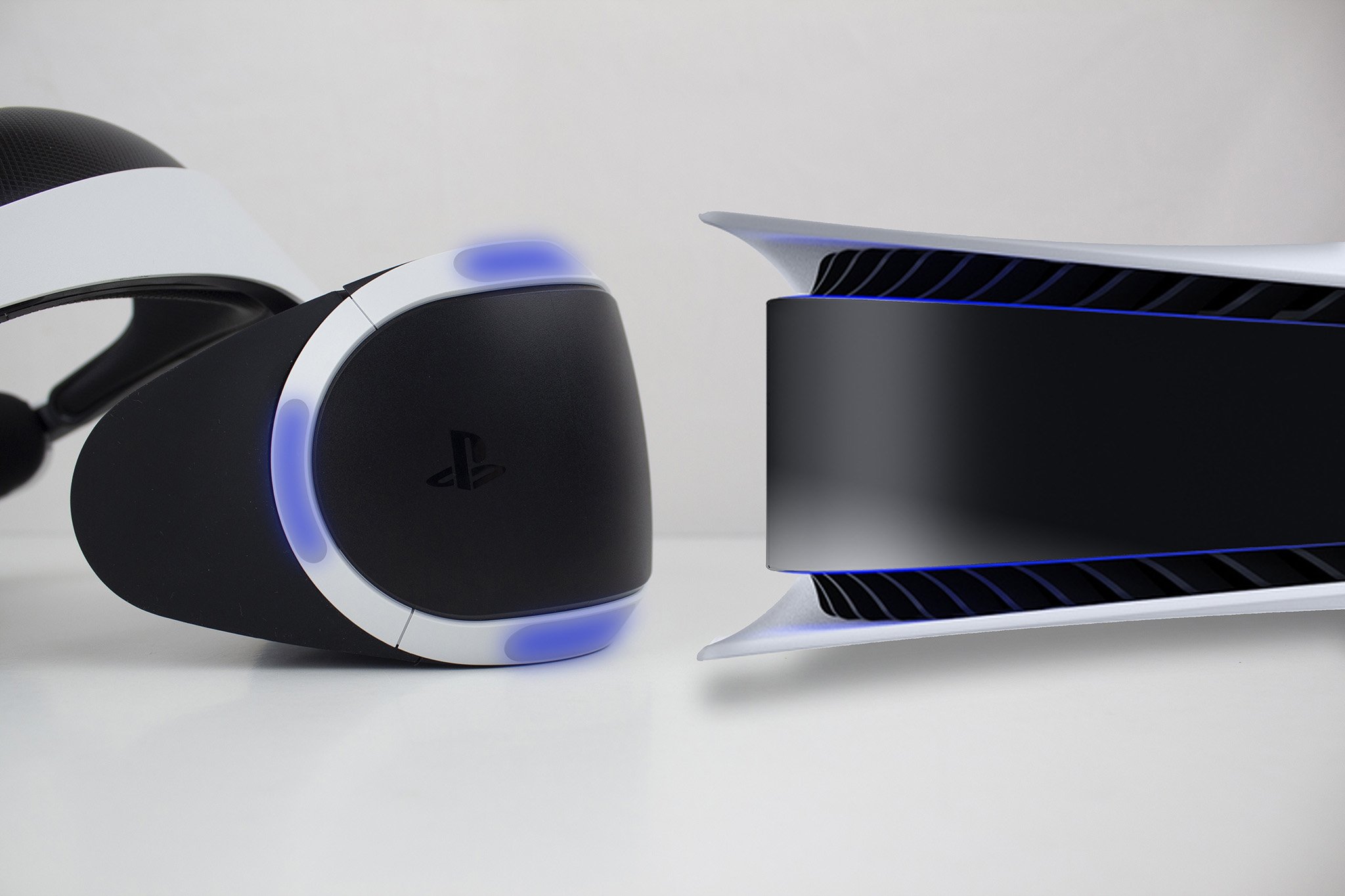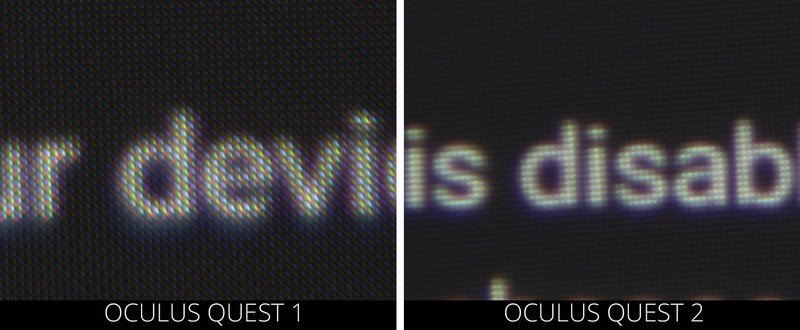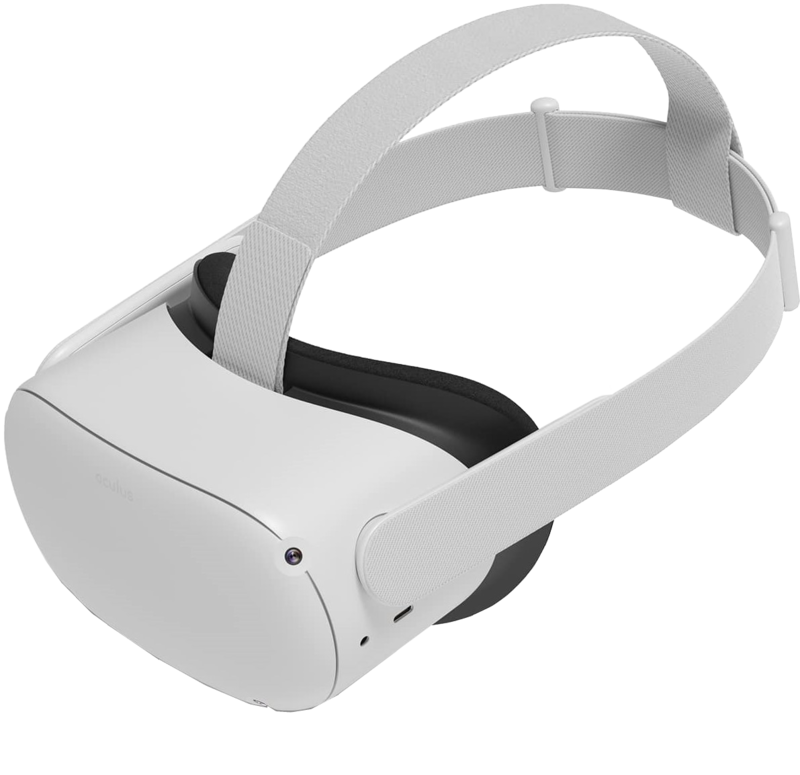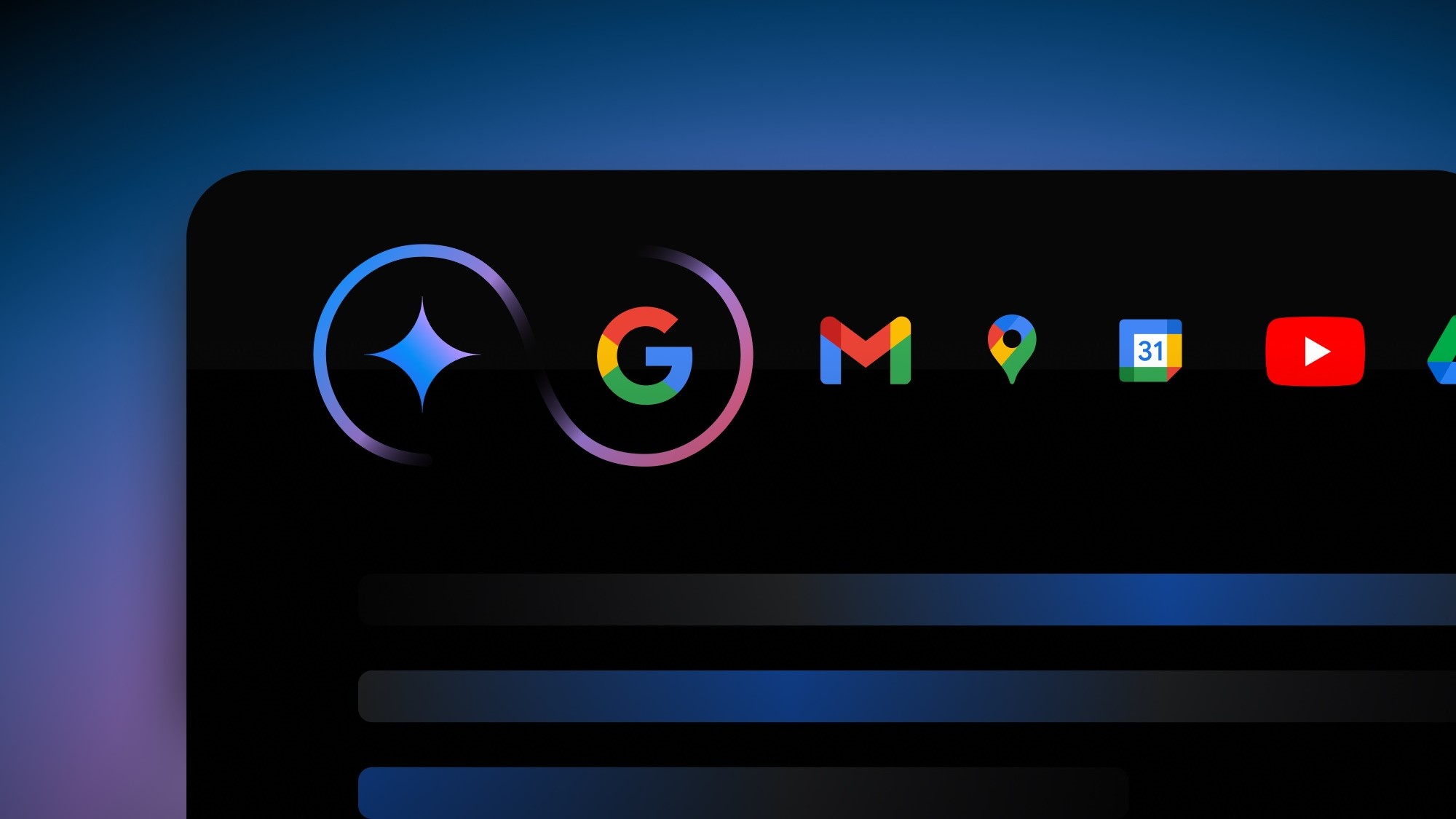The PS VR2 display will be more than twice as pixel-dense as the Quest 2

Update January 26: We've added more information on PPI vs PPD.
What you need to know
- In its weekly report, Display Supply Chain Consultants said that the PS VR2's display will sport greater than 800 pixels-per-inch density per eye.
- This comes as a massive improvement over the original, which was lower than 200 PPI per eye.
- Sony will continue using an RGB stripe OLED panel, which is also important to display density and quality.
- The PS VR2 is expected to launch later in 2022 but has no confirmed release date.
The PlayStation VR2 is set to have the most pixel-dense display of any modern VR headset, according to a report by Display Supply Chain Consultants (DSCC). In its weekly industry supply chain report, CEO of DSCC, Ross Young, says that it won't reveal the display provider for Sony's upcoming next-generation PS VR2 but that the display itself features a greater than 800 PPI (pixels per inch) display density per eye.
That last part is particularly important because it means that Sony could be able to deliver the absolute highest graphical fidelity of any VR headset on the market.
To put things in perspective, the original PSVR provided a PPI density of 386 for the entire display panel. Effectively, that means 193 PPI per eye if we're doing basic math.
Young says that Sony is likely achieving this through a combination of a thinner fine metal mask and the use of RGB stripe direct view OLED displays. As a basic explanation, fine metal masks are used to apply red, green, and blue subpixels to the display.
The original PSVR also used an RGB stripe OLED panel, which ensured that the display looked considerably better than most OLED panels in other VR headsets in 2016 when it launched. Those other headsets — the original Oculus Rift and the HTC Vive — used PenTile OLED panels, which are made up of subpixels formed into the shape of a diamond.

An RGB stripe display utilizes a column of red. green, and blue pixels which can be more easily aligned side-by-side onto a display for a dense display. Comparatively, a PenTile diamond shape leaves gaps in the pixel structure when placed side by side.
Get the latest news from Android Central, your trusted companion in the world of Android
Sony previously showed off new micro OLED display panels back in December 2021, which were purpose-built for VR and provide an astounding 4k-per-inch resolution. Those panels are not the same being used in the PS VR2 but could represent the next big leap in VR resolution.
While pixel density was the talk of the town for smartphone displays for some time, the average smartphone seems to have somewhere around 500 pixels per inch. Having more pixels per physical inch is more important in VR simply because your eyes are physically closer to the display, meaning you can actually see the pixels themselves while up close.
The PS VR2 sports a resolution of 2000 x 2040 per eye while its biggest competitor, the Oculus Quest 2, greets gamers' optical nerves with a slightly less dense 1832 x 1920 per-eye resolution. Couple that with the fact that the PPI for the Quest 2 is quite a bit lower — an estimated 200-300 PPI per eye — and you'll quickly begin to see the huge advantage Sony could have when directly comparing specs and image quality.
Many say that PPI isn't all that important when considering the final image quality the human eye perceives in a VR headset, however. For that assessment, you'll want to calculate the PPD, or pixels per degree. PPD is the measurement of how many pixels your eye can perceive in a 1-by-1-degree area.
Based on what we know — and the fact that the PS VR2's lenses provide a roughly 20 degree-wider field of view — the Quest 2 and PS VR2 have roughly the same PPD measurement. Both headsets should have a PPD measurement of around 20, while "retina" resolution — that's the measurement of when the human eye can no longer perceive individual pixels — is closer to 60 PPD.
The extremely high PPI of the PS VR2 will likely help reduce screen door effect and noticeable mura, but the resulting image might not be as sharp as "800 PPI-per-eye" initially sounds.
This also explains one of the biggest reasons why Sony is all-in on eye-tracking with foveated rendering on the PS VR2. By ensuring that the center of a player's vision is always rendered at the highest resolution — an effect achieved by tracking eye movements and moving that high-resolution center to follow it — Sony will be able to deliver unparalleled visual quality with the PS VR2.
This type of incredibly high display density almost certainly means that Sony is using very small displays which, combined with other rumors and what we know about the PS VR2, could point to Sony releasing a much physically smaller headset than was initially expected.
Considering Sony is still outfitting the PS VR2 with a single USB Type-C cable to connect to the PS5, a very small headset size and lightweight could be a big positive point for the next-generation VR headset when the headset design is finally unveiled.


